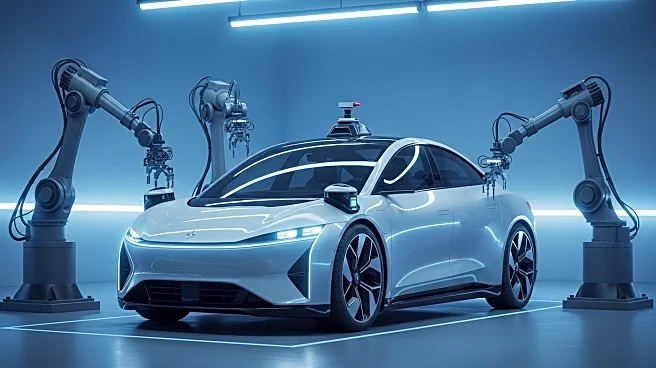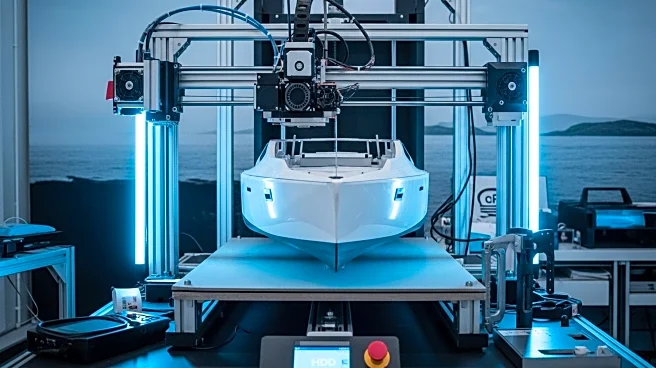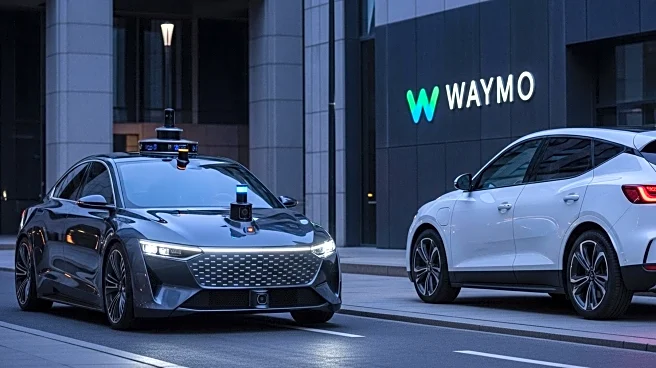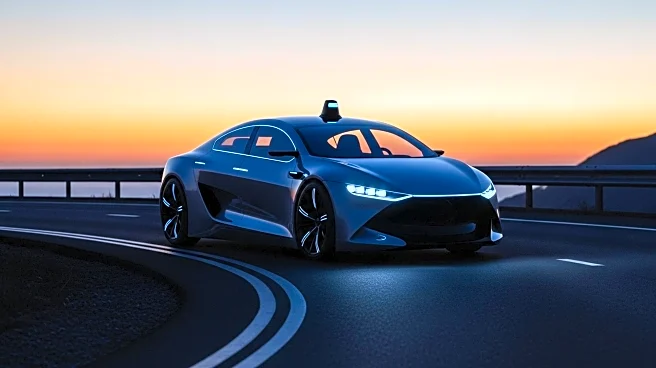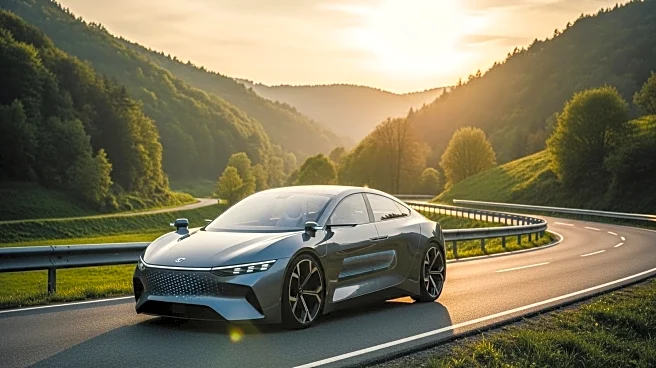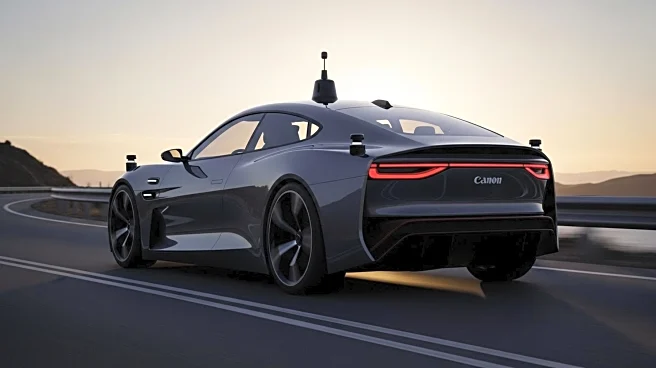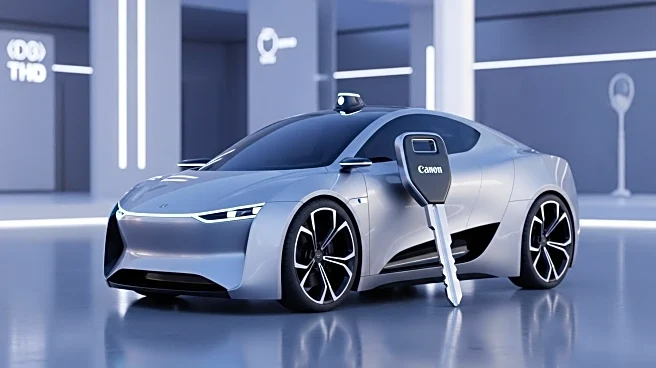What's Happening?
Nissan is advancing its autonomous driving technology by incorporating lidar, a strategy that contrasts with Tesla's approach. The Japanese automaker recently demonstrated its upgraded system on a Nissan Ariya in Tokyo, utilizing machine learning algorithms from UK-based AI company Wayve. This system, which includes 11 cameras, 5 radars, and a Luminar lidar, aims to enhance situational awareness and reliability in complex urban environments. During a test drive in Tokyo, the system successfully navigated various traffic scenarios without human intervention, although a Nissan engineer was present as a precaution. Nissan plans to integrate this technology into its lineup by 2027-2028, with a goal of equipping over 2.5 million vehicles with ProPilot by 2026.
Why It's Important?
Nissan's adoption of lidar technology marks a significant divergence from Tesla's camera-only strategy, highlighting different approaches to autonomous vehicle development. By focusing on lidar, Nissan aims to improve depth perception and obstacle detection, which are crucial for navigating dense urban traffic. This move could position Nissan as a leader in the autonomous vehicle market, potentially influencing industry standards and consumer expectations. The strategy also reflects a cautious approach to safety and regulation, contrasting with Tesla's faster rollout of its Full Self-Driving software. As autonomous driving technology continues to evolve, Nissan's emphasis on lidar could impact regulatory discussions and public trust in self-driving cars.
What's Next?
Nissan plans a gradual rollout of its lidar-enhanced autonomous driving system, targeting full deployment by the 2027-2028 fiscal year. The company aims to make lidar standard across its vehicle lineup by the end of the decade. This cautious approach may influence regulatory bodies and other automakers to consider similar strategies, potentially leading to broader adoption of lidar technology in the industry. As Nissan continues to test and refine its system, it will likely face scrutiny from regulators and competitors, particularly in markets with stringent safety standards. The success of this initiative could reshape the competitive landscape of autonomous driving technology.
Beyond the Headlines
Nissan's strategy underscores a broader debate in the autonomous vehicle industry regarding the use of lidar versus camera-based systems. This technological divergence raises questions about safety, cost, and consumer acceptance. Lidar's ability to provide detailed environmental mapping could enhance safety, but it also increases production costs. As the industry grapples with these challenges, Nissan's approach may prompt discussions about the ethical implications of autonomous driving technology, including issues of liability and the balance between innovation and regulation.

